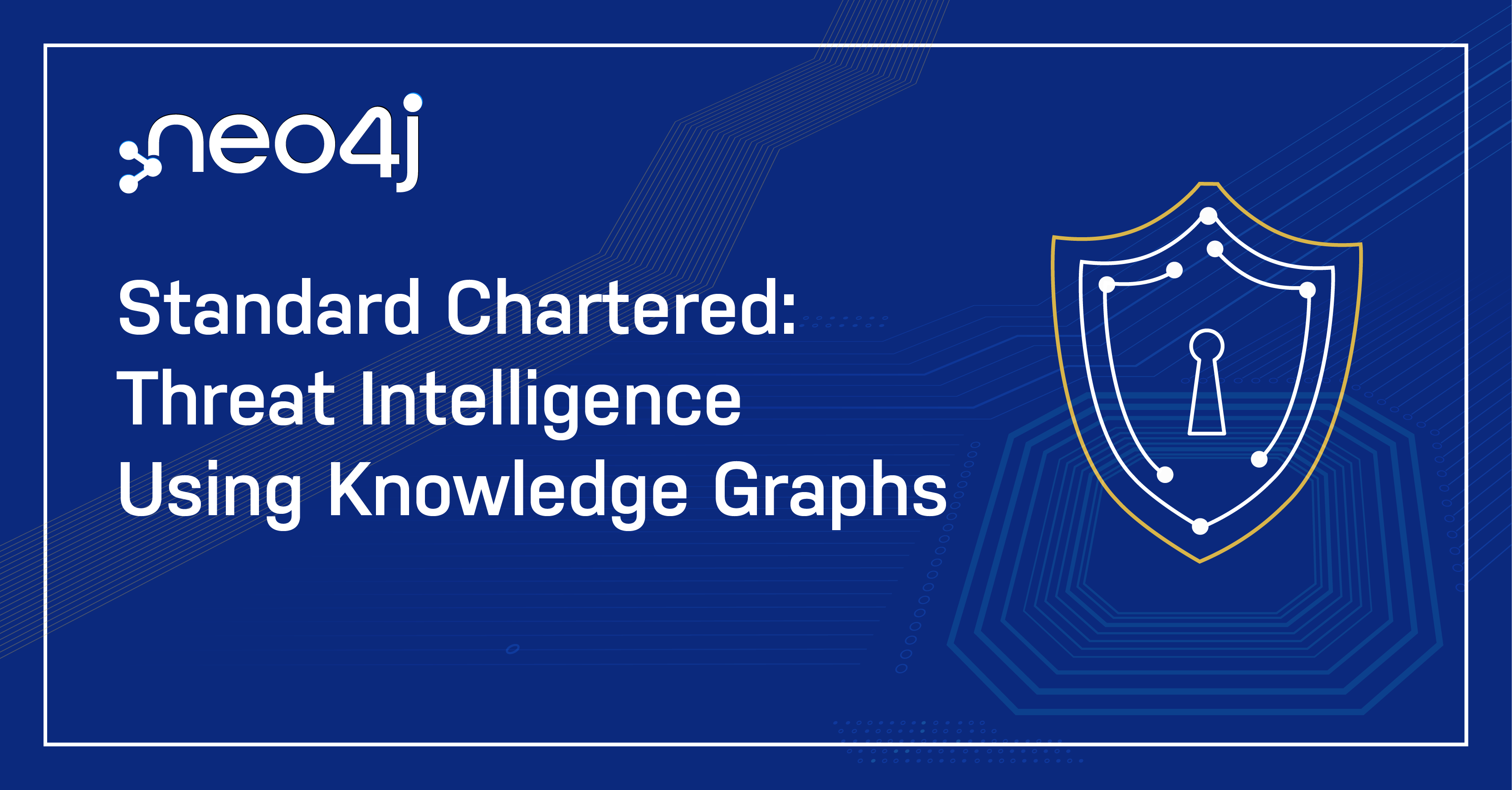Graph databases offer new methods of uncovering fraud rings and other sophisticated scams with a high-level of accuracy and are capable of stopping advanced fraud scenarios in real time.

While no fraud prevention measures can ever be perfect, significant opportunity for improvement can be achieved by looking beyond the individual data points to the connections that link them. Oftentimes, these connections go unnoticed until it is too late—something that is unfortunate, as these connections often hold the best clues.
Understanding the connections among data, and deriving meaning from these links, doesn’t necessarily mean gathering new data. Significant insights can be drawn from one’s existing data, simply by reframing the problem and examining it in a new way: as a graph.
Read more →
Want to learn more about graph databases? Click below to get your free copy of O’Reilly’s Graph Databases ebook and discover how to use graph technologies for your application today.
Download My Ebook



